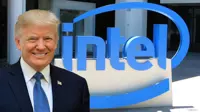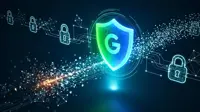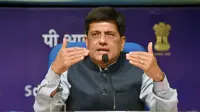All 50 US states sign on for AT&T emergency response system
30 Dec 2017
US telecom operator AT&T announced on Friday that all 50 states, Puerto Rico and the District of Columbia have officially signed on to FirstNet, a government program operated by AT&T to provide universal emergency response communications across the country.
States had until Friday to officially opt in or opt out of the FirstNet system. California, Florida, Mississippi and New York were among the states that waited until the last minute to confirm their participation. American Samoa, Guam and Northern Marianas have until 12 March to decide to opt in.
AT&T was awarded the $6.5 billion contract in March for a system to enable rapid communications across jurisdictions in the event of a calamity. It says that it will ultimately spend $40 billion to build out the network,
This follows a post-9/11 recommendation from the federal government to create a network to help first responders communicate during emergencies. States were given the option of opting out to build their own networks, however none decided to do so.
This is a major win for AT&T, as the contract stipulated that AT&T would manage the network for 25 years.
The company would receive 20 MHz of critical wireless spectrum from the FCC to run emergency communications to free up consumer networks and prevent them from being overwhelmed during emergencies.
It will also receive $6.5 billion a year for the next five years from the First Responder Network Authority, created by the federal government to build and maintain a public safety broadband network.
The true win for AT&T though is in the actual spectrum itself, which is in the 700 Mhz band commonly used for LTE signals, as TechCrunch points out, with the cost borne by the taxpayer.
While the FirstNet spectrum is prioritized for first responders, it also can be used for consumer wireless applications when an emergency is not taking place, which should improve cellular reception and bandwidth for AT&T customers, particularly in urban areas.
At issue is whether the rapid improvement of consumer wireless technology outweighs the performance of a hypothetical public safety network that remains some way from becoming operational.
According to TechCrunch, it seems billions of dollars will be spent to create a specialist comm channel, when existing technologies are more than up to the task of providing highly reliable services.






















